The AC800PEC (Power Electronics Controller) is a specialized controller within ABB’s 800xA family, focused on precise control and monitoring of power electronics equipment. Model PPD113-B03-23-111615 3BHE023584R2365 is a specific model within this family. It is typically used for core control of equipment such as wind turbine converters, photovoltaic inverters, and energy storage PCSs (power conversion systems). It supports high-precision PWM (pulse width modulation) output, fast dynamic response, and complex algorithm implementation.
Core Technical Features
High-Performance Processor Architecture
Utilizes a dual-core or multi-core industrial-grade processor (such as the ARM Cortex-R/M series or a dedicated DSP) with clock speeds ranging from hundreds of MHz to the GHz range, meeting real-time control requirements.
Integrated hardware accelerators (such as an FPU and trigonometric unit) optimize compute-intensive tasks such as PWM generation and coordinate transformations (such as Clarke/Park transforms).
Redundancy and Reliability Design
Dual-channel redundancy: Supports hot standby between master and slave controllers, with automatic failover (failure time <1ms) to ensure control continuity.
Watchdog Timer: Monitors software running status to prevent program crashes.
Electromagnetic Compatibility (EMC): Complies with standards such as IEC 61800-3 and is adaptable to environments with strong electromagnetic interference.
Comprehensive I/O and Communication Interfaces
Analog I/O: Supports high-precision voltage/current sampling (16-bit ADC) with sampling rates exceeding 100kHz.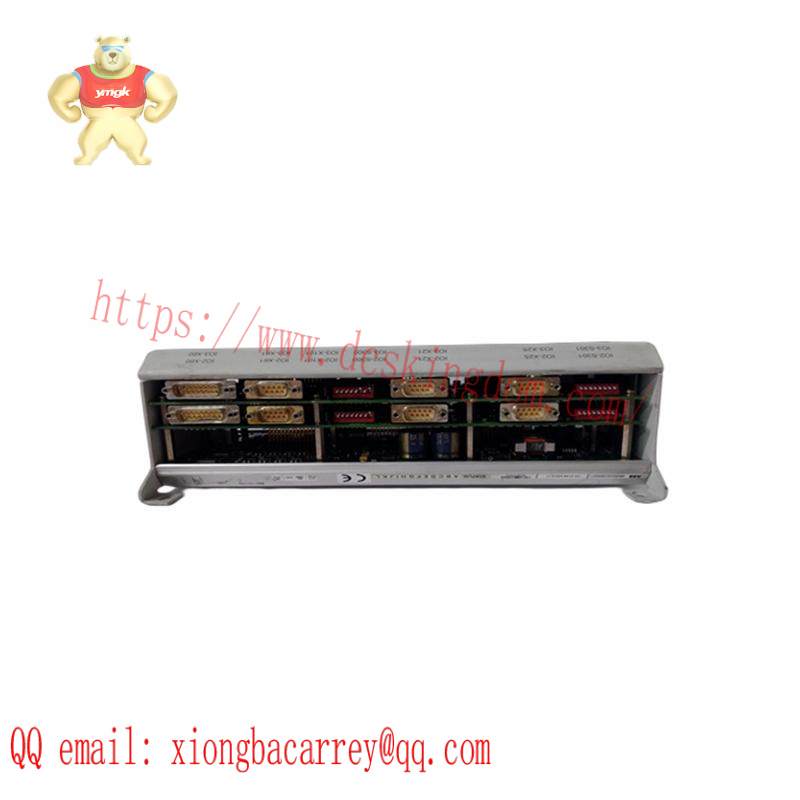
Digital I/O: Provides fast response (nanosecond level), supports PWM output (resolution ≤ 100ns), encoder interfaces, and more.
Communication Protocols: Integrated with industrial protocols such as EtherCAT, CANopen, Profibus-DP, and Modbus TCP, it supports high-speed communication with host computers, PLCs, and other devices.
Real-Time Operating System (RTOS) Support
Runs ABB’s dedicated Control Builder or third-party RTOSes (such as VxWorks and INTEGRITY) to ensure deterministic task scheduling (periodic task jitter <1μs).
Safety Functions
Supports functional safety standards (such as IEC 61508 SIL2/SIL3) and integrates safety inputs/outputs (such as emergency stop and safe torque off).
Typical Application Scenarios
Wind Power Converter Control
Enables coordinated control of the grid-side converter (GSC) and the generator-side converter (MSC), supporting functions such as maximum power point tracking (MPPT) and low voltage ride-through (LVRT).
Example: A 2MW wind turbine using the AC 800PEC achieves converter efficiency >98% and fault recovery time <10ms.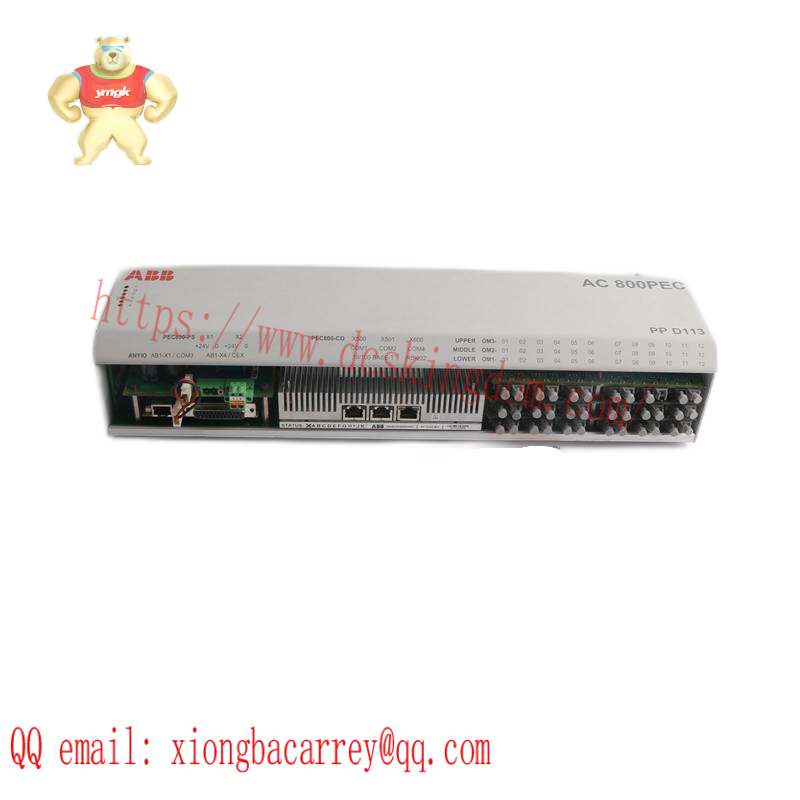
PV Inverter Control
Supports string or centralized inverters, achieving efficient DC/AC conversion and grid-connected current harmonics <3%.
Example: A 1500V PV power station using the AC 800PEC achieves a 2% improvement in system efficiency and a 5% increase in power generation.
Energy Storage PCS Control
Implements battery charge and discharge management, energy scheduling, and grid-connected/off-grid mode switching, supporting black start functionality.
Example: A 10MW/40MWh energy storage system uses the AC 800PEC, achieving a response time of95%.
Industrial Drive Control
For motor drives (such as rolling mills and hoists), supporting advanced algorithms such as vector control and direct torque control (DTC).
Core Advantages
High-Precision Control
PWM resolution ≤100ns, supporting dead-time compensation to reduce switching losses.
Configurable sampling and control periods (down to <10μs) adapt to different dynamic response requirements.
Rapid Development Environment
Provides Control Builder software, supporting graphical programming (such as CFC and SFC) and code generation, shortening development cycles.
Pre-installed libraries for wind power, photovoltaics, and other industries simplify algorithm porting.
Openness and Compatibility
Supports development tools such as C/C++, MATLAB/Simulink, and other tools, facilitating integration with third-party algorithms.
Seamlessly integrates with ABB’s 800xA DCS and ABB Ability™ cloud platform for remote monitoring and data analysis.
Long-Term Stability
Industrial-grade components (such as wide-temperature capacitors and anti-sulfurization relays) offer an MTBF (mean time between failures) exceeding 100,000 hours.
ABB’s global service network provides 24/7 technical support.
Recommended Case Studies
An offshore wind power project: Using the AC 800PEC to control a 10MW converter achieved 98.5% conversion efficiency and an annual failure rate of <0.5%.
A photovoltaic leader base: Optimizing inverter control strategies with the AC 800PEC increased power generation by 8% and reduced LCOE (levelized cost of electricity) by 6%.
Summary
The ABB AC800PEC series controller (PPD113-B03-23-111615 3BHE023584R2365) is an ideal choice for power electronics and renewable energy applications thanks to its high performance, reliability, and flexibility. Through its redundant design, real-time control, and open architecture, it effectively addresses control challenges in complex industrial scenarios, providing key technical support for enterprises to improve efficiency and reduce costs.
Related product recommendations:
PPD103B103 3BHE020455R0103
PPD117A3011 3BHE030410R3011
PFTL201D 100KN 3BSE008922R0100
REM615 HBMBCCAHNBA1ANN1XD
3BHE041343R0102 PCD530A102
PM904F 3BDH001002R0001
AC900F PM904F 3BDH001002R0001
PM891 3BSE053240R1
More……


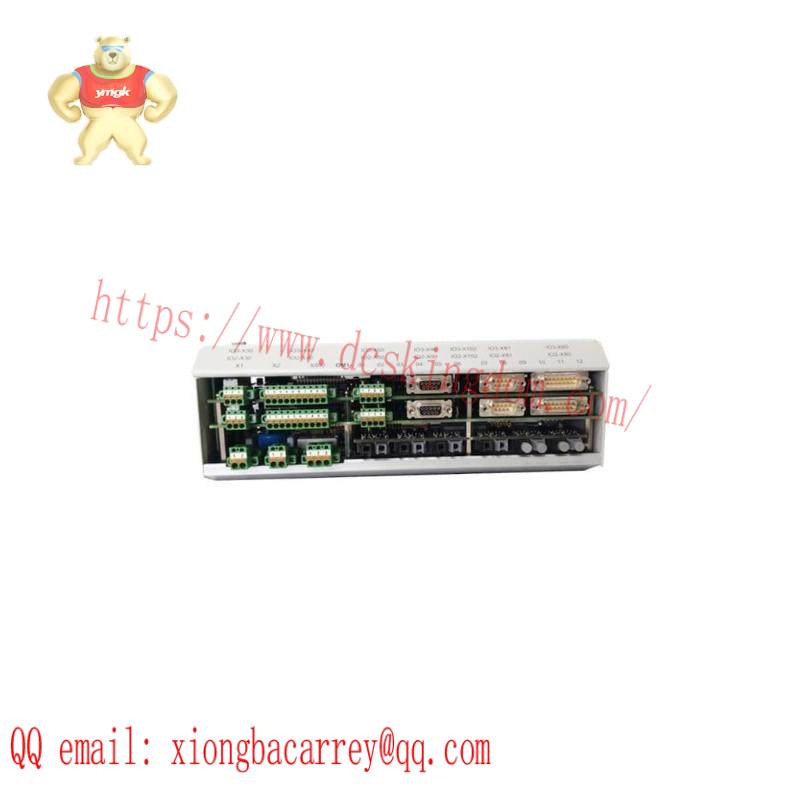
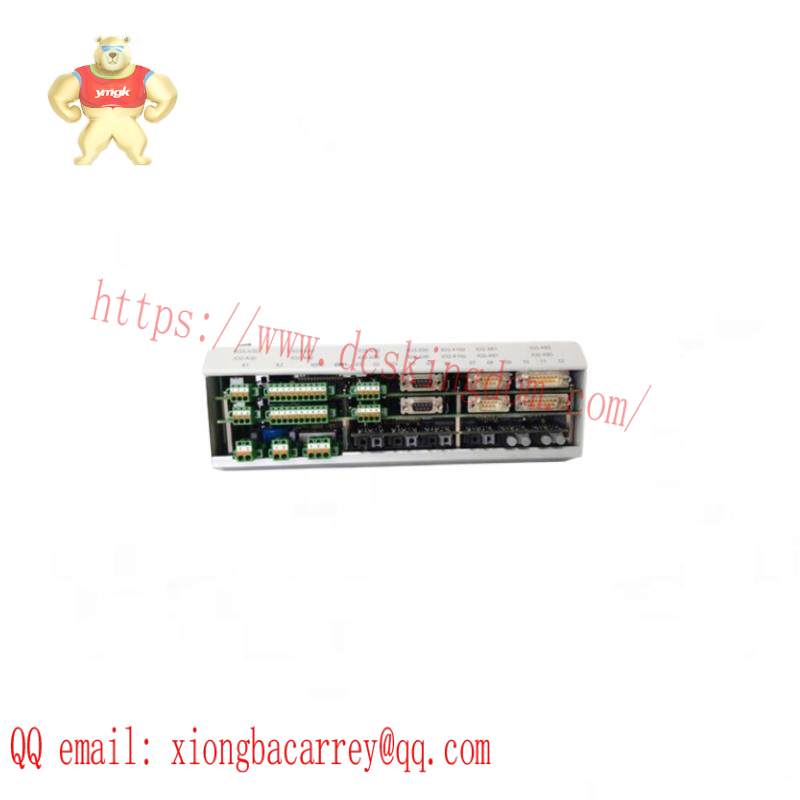
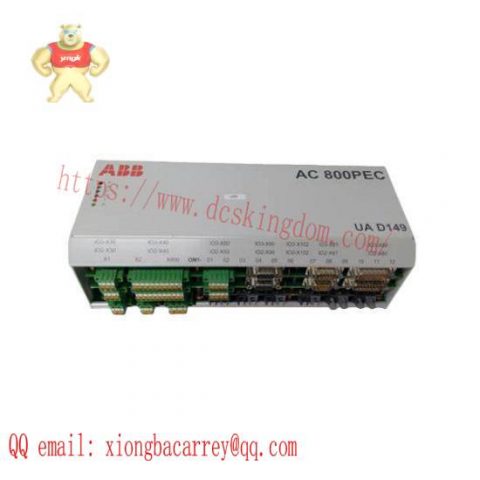

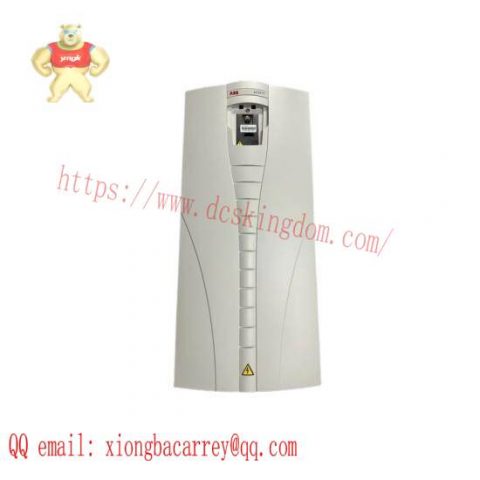
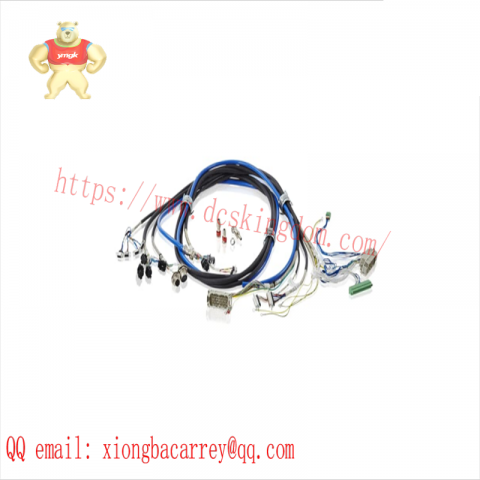
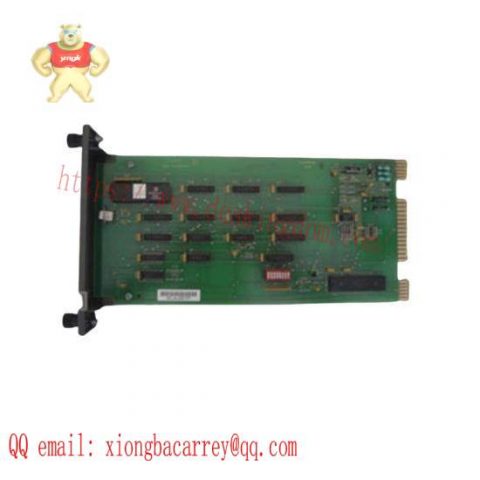
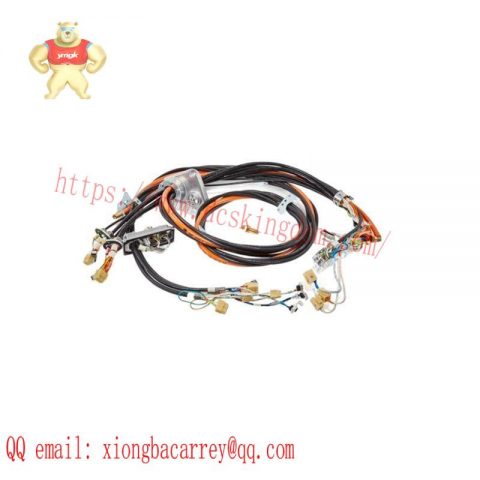
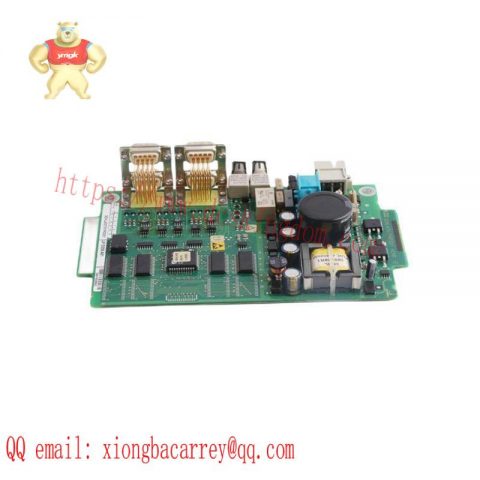
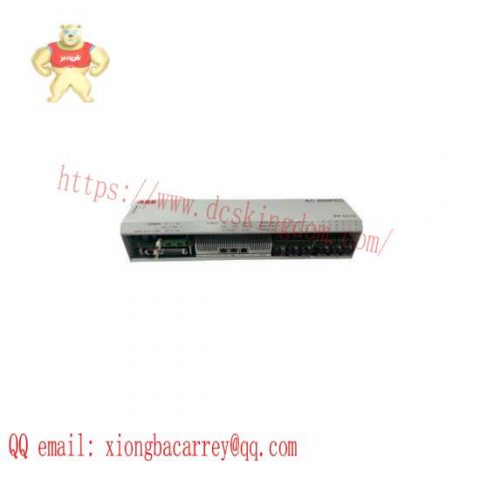
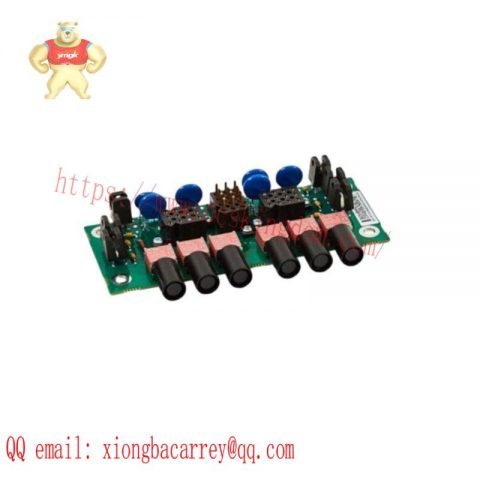
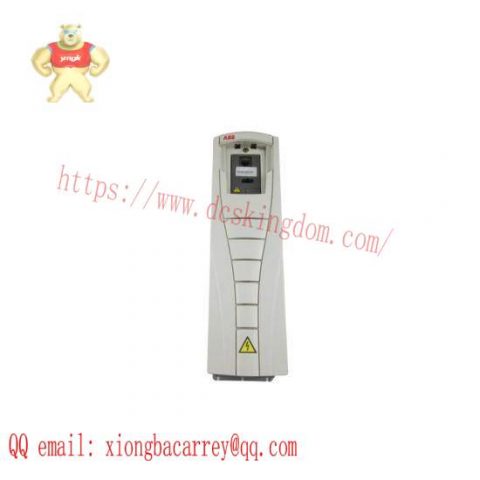

There are no reviews yet.